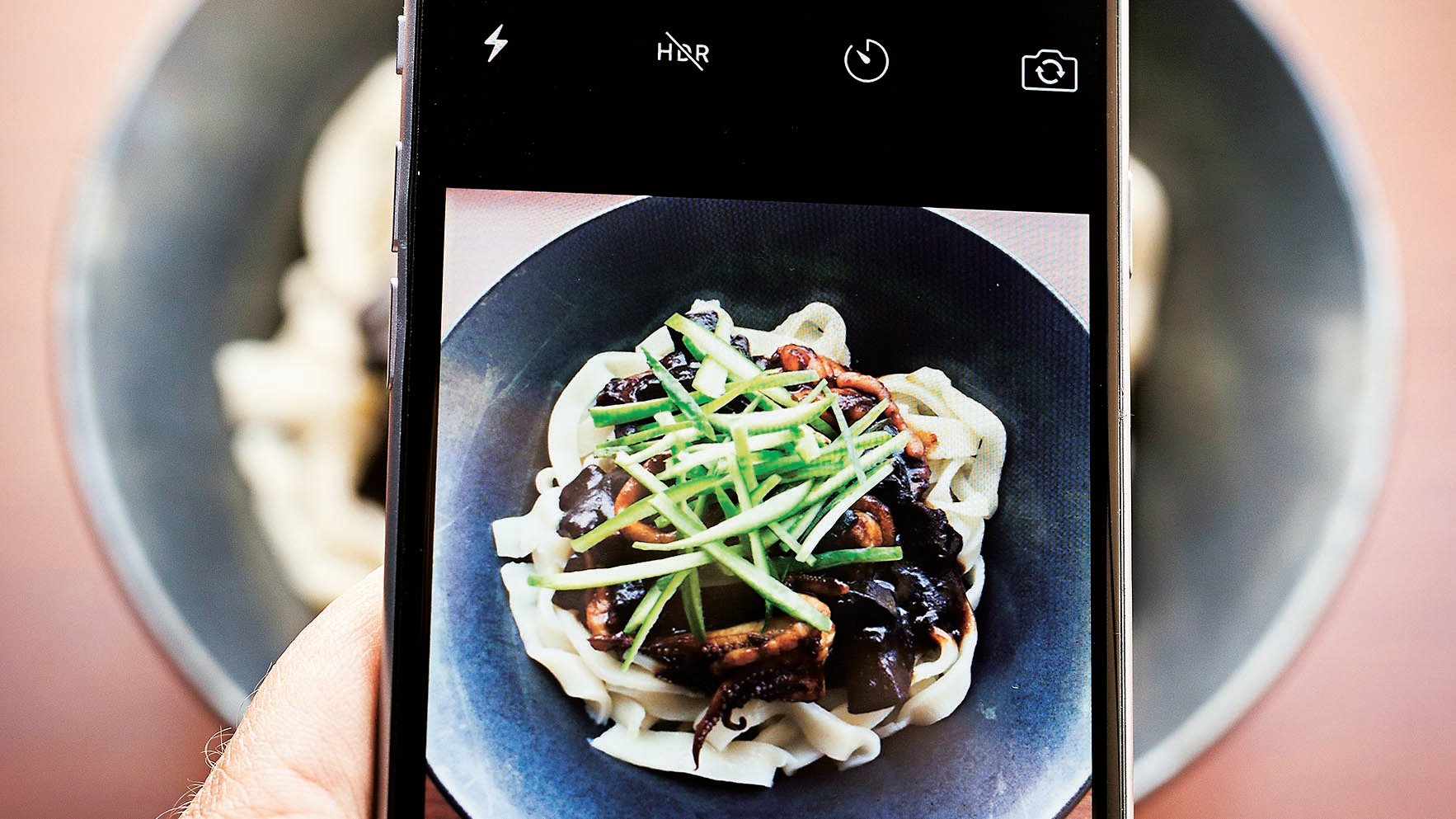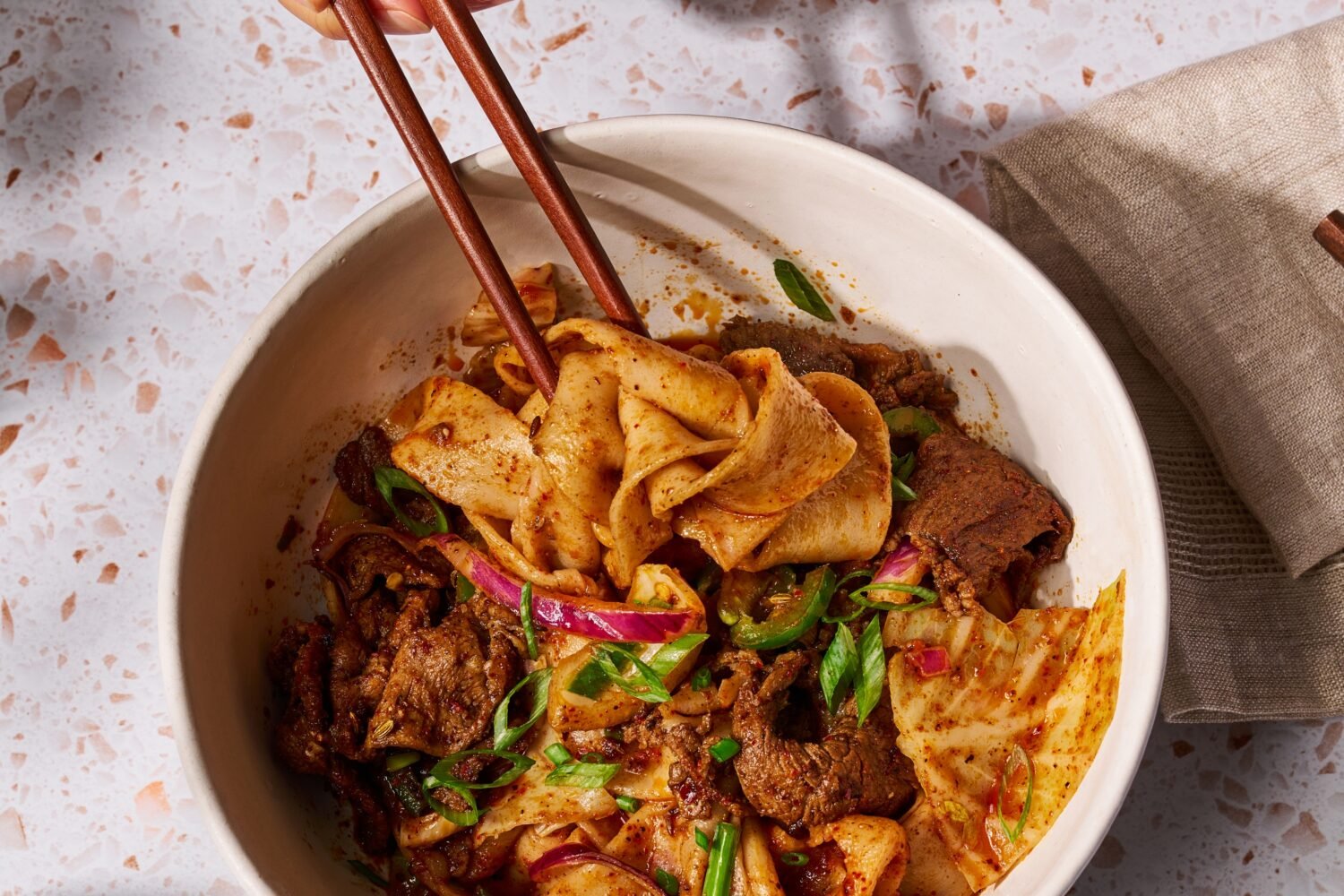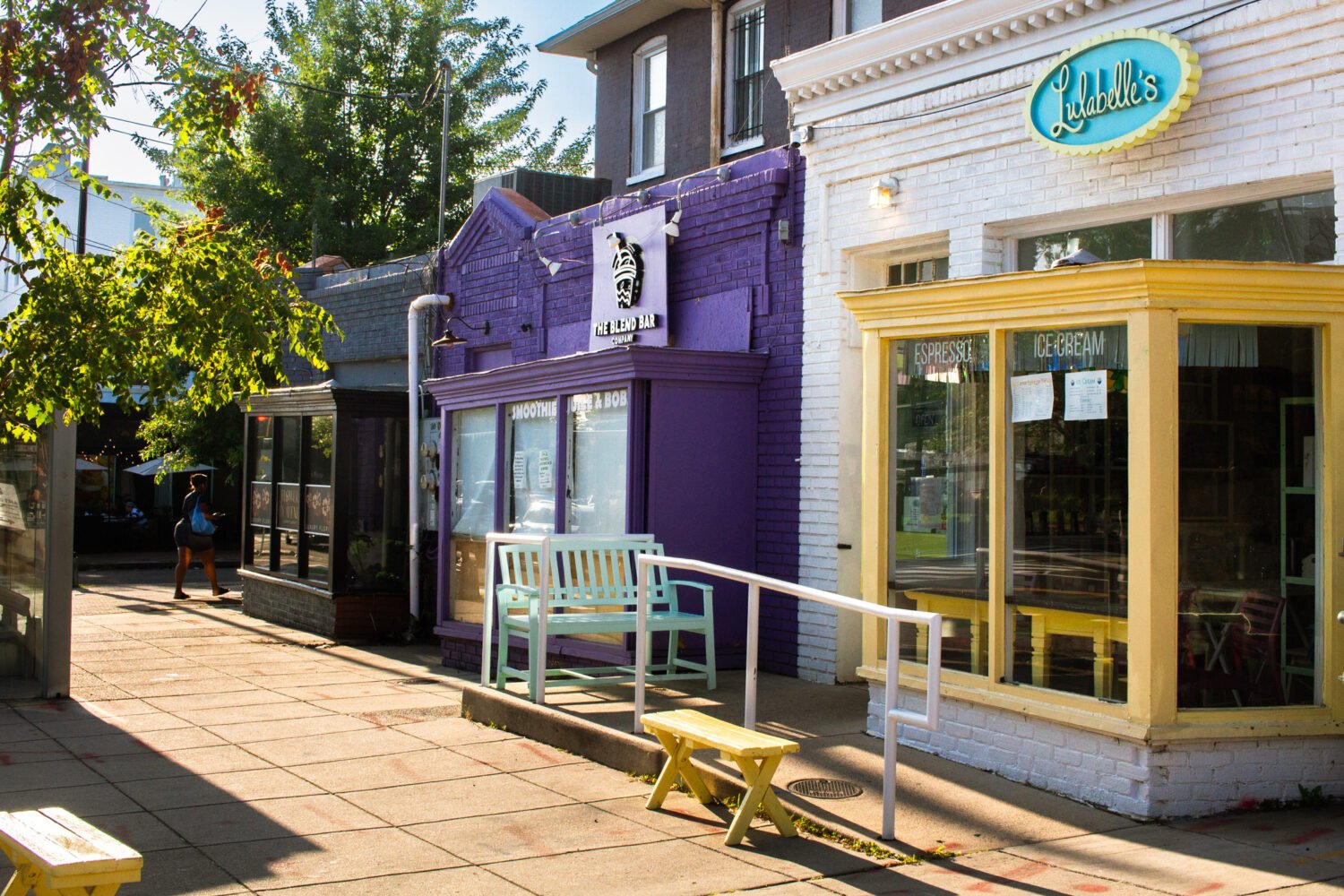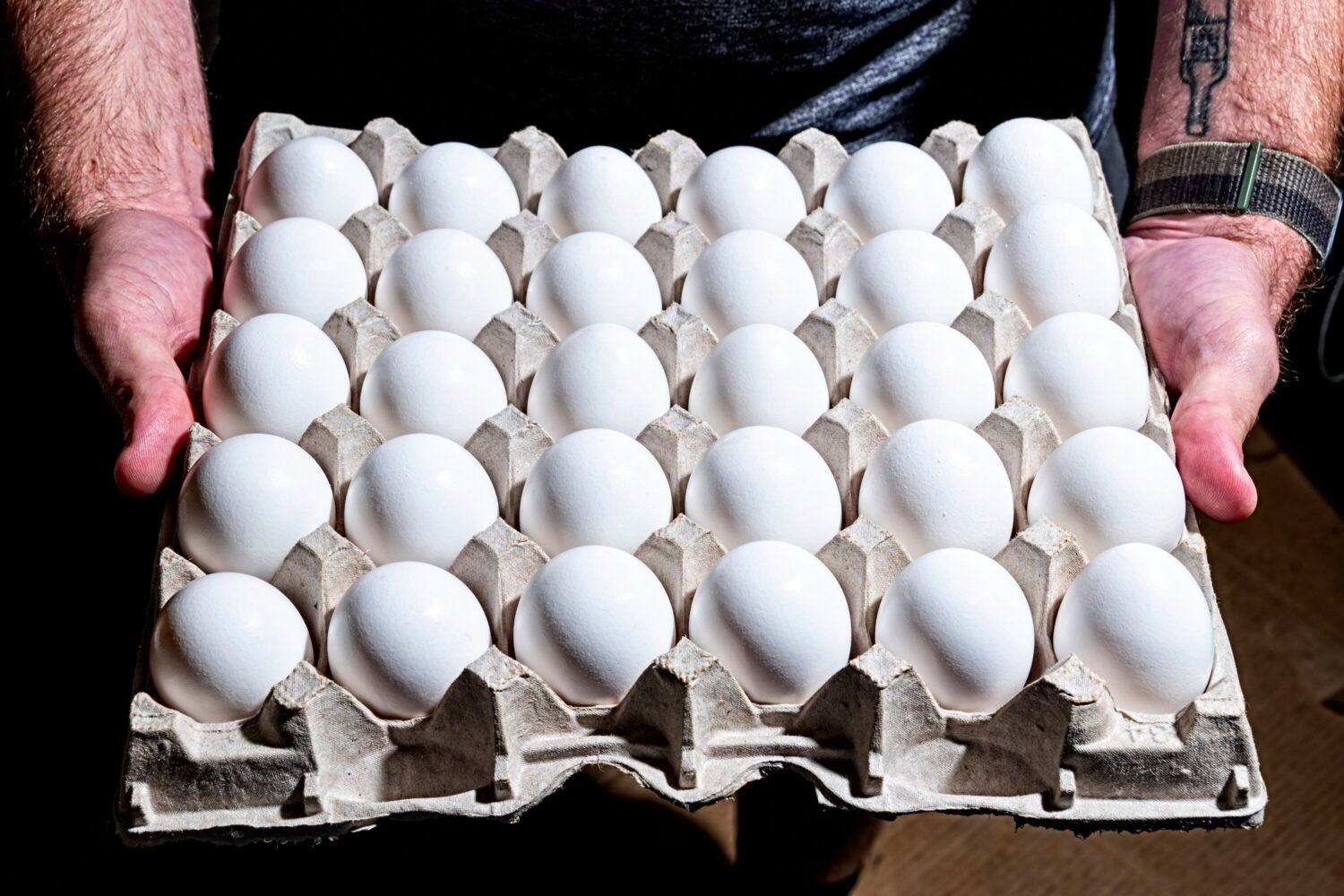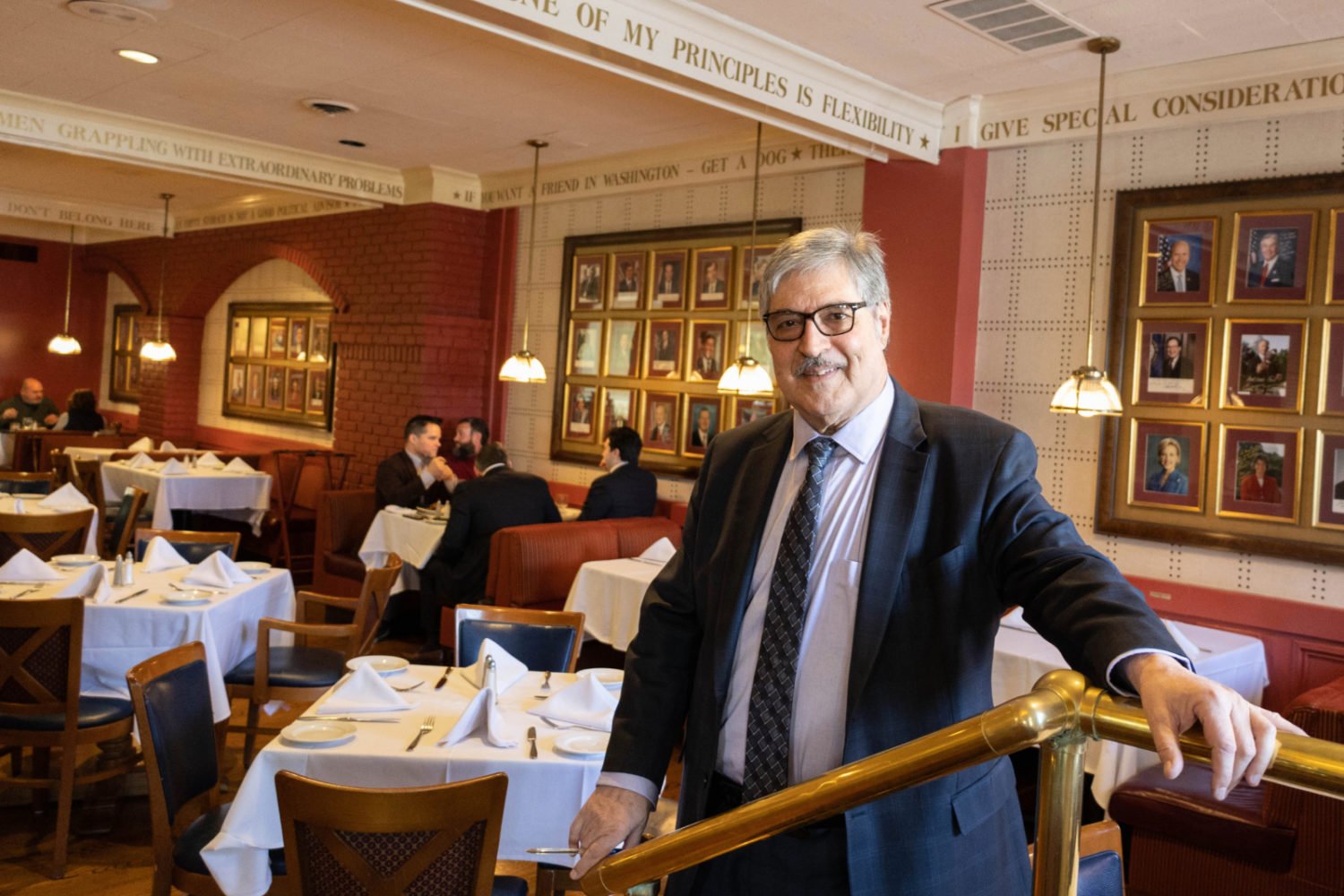It’s a beautiful evening on Columbia Room’s patio, and the smartphone cameras are out in force. Guests at the cocktail bar in Shaw snap images of the golden pineapple tumblers, fresh herb garnishes, and tabletop terrariums in copper cups. The effect is casual-chic. But actually, every single photogenic detail has been intricately planned with a particular app in mind—Instagram.
Thoughtful presentation of food, drinks, and decor is nothing new in the hospitality world. What is new is how they’re conveyed through technology. Just as “everyone’s a critic” on Yelp, everyone’s a photographer thanks to Instagram and its 500 million–plus users. And unlike platforms such as Yelp, Facebook, and Twitter—where users complain as often as they heap praise—visually driven Instagram is typically used to convey positive, #Instabrag moments. An enticing snapshot sure beats 140 characters.
“I’d say it’s radically changed our approach in a good way,” Columbia Room owner Derek Brown says. “We thought through the process: How are people going to Instagram our cocktails? What do we put in the background? How do we affect the lighting—both to make the cocktails look immediately beautiful but also in the long run to preserve that memory?”
https://www.instagram.com/p/BJTULTXDxWV/?taken-by=mirabellajg
Amateur photography wasn’t always welcome. When the original Columbia Room debuted inside the Passenger in 2010—the same year Instagram launched—Brown cringed as patrons lit up the candle-lined room with harsh camera-phone flashes. Six years and one new location later, improved phone-camera technology and image-altering filters can combat dimness.
Still, Brown and designer Brian Miller of Edit Lab at Streetsense didn’t take any chances when conceiving Columbia Room’s new reservations-only tasting room, which is devoid of natural light. Over each of the bar’s 14 spots, Miller installed tight lights to illuminate the cocktails—as well as the glassware, elaborate garnishes, and photo-enhancing place mats—while still imparting a seductive glow to the space as a whole.
“We think about it as part of the design process now,” says Miller, also the creative force behind restaurants including the Riggsby and the Dabney. You’ll see Instagram’s influence in touches such as the Dabney’s hearth—photographable from every table in the dining room—or the Riggsby’s keyhole-shaped doorway.
https://www.instagram.com/p/784KDNQXIB/?taken-by=theriggsby
Miller’s aha moment came in 2012 when he debuted the design of the Satellite Room near the 9:30 Club.“It has that big satellite room sign behind the bar, and the weekend after that opened, it was everywhere,” Miller says. “It made us sit up and pay attention to those moments people can capture in spaces.”
While restaurateurs and designers are paying closer attention to details such as mosaics and artwork that make their restaurant quickly recognizable on social media—the decorative equivalent of a blue Tiffany box—Instagram has also influenced design in more subtle ways. At Good Stuff Eatery on Capitol Hill, a November renovation may bring brighter, more photogenic tables instead of the old laminate. Interior designer Brooke Loewen of Grizform Design Architects (clients include Doi Moi and Kyirisan) points to the host stand at Founding Farmers Tysons. It’s a part of a restaurant that typically goes unnoticed, but there it depicts the bottom half of a horse, and its centaur-like effect makes it a desirable shot for customers: “Anytime a restaurant can get guests to interact with their brand—which interior design is a part of—and the guests post it, that’s the biggest endorsement.”
Then there’s the new importance of what’s underfoot, as evidenced in the #Ihavethisthingwithfloors hashtag, which sees ’grammers highlighting artful tilework through “selfeets.” (Pineapple and Pearls on Capitol Hill is a popular destination.) At Buttercream Bakeshop in Shaw, folks have been known to come in, snap a photo of the ombré floor, and leave. Buttercream owner Tiffany MacIsaac doesn’t mind: “Facebook is for friends, Twitter is for complaining, and Instagram is where you go to actually post about your business,” she says. “It’s my number-one marketing source.”
Buttercream’s feed claims 16,000-plus followers—far more than your average Washington eatery—and is tagged in countless moments involving strategically placed sweets against a backdrop that seems primed for Martha Stewart Living.The new local florist Darling & Daughters brings free arrangements each week, serving both as a pretty prop and as a way for the young business to gain exposure.
https://www.instagram.com/p/BJaUCxihyjD/?taken-by=bttrcrmbakeshop
Instagram’s growing internal focus can also be a tool for restaurant owners who want to check up on their employees. Mandu chef/co-owner Danny Lee, who operates locations of the Korean restaurant in Dupont and Mount Vernon Triangle, says he checks his places’ feeds for plating errors—even when customer feedback is glowing.
“With Instagram, everyone’s a secret shopper for you,” Lee says. “You can turn it around and use it as an instructional tool for your staff.”
The education isn’t just for the cooks. Lee says Instagram has also been crucial for introducing the public to lesser-known Korean specialties that are lost in translation on the menu: “Having a visual component to anything is important. We have a dish called jajang. It’s beautiful, but it sounds disgusting—‘fermented black soybean paste over noodles.’ But we’ve had tons of people come into the bar off of one post.”
A number of chefs refer to Instagram as a kind of virtual feedback card—a way to judge the success of a dish by the frequency (or infrequency) of its appearance. Micheline Mendelsohn of Good Stuff Eatery and We, the Pizza says her restaurants have used Instagram as an unofficial poll to see whether an item should go on the menu: “We did a dessert once, and it got two likes. We thought, ‘Maybe it’s not as good as it looks.’ ”
This article appears in our September 2016 issue of Washingtonian.

